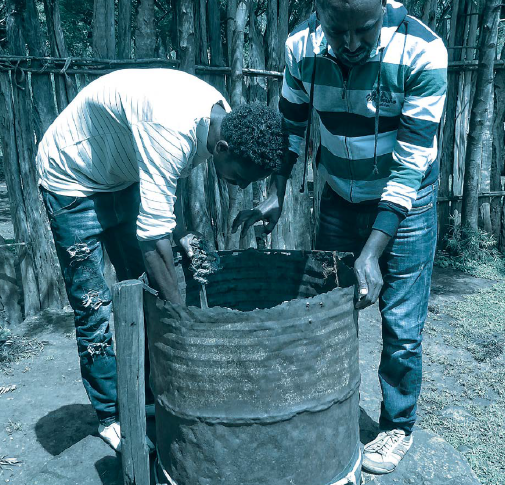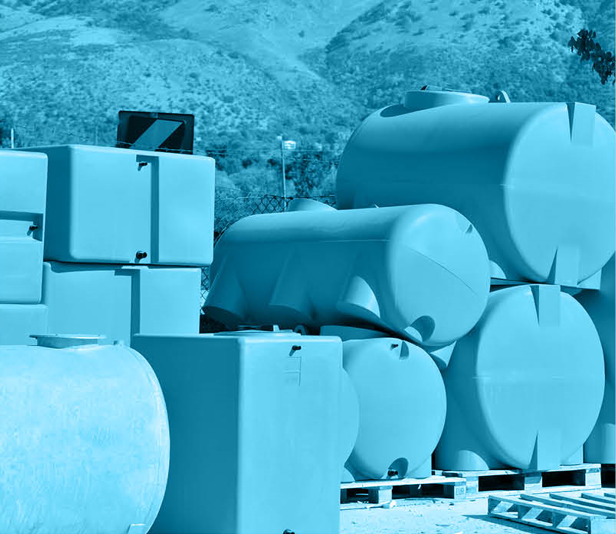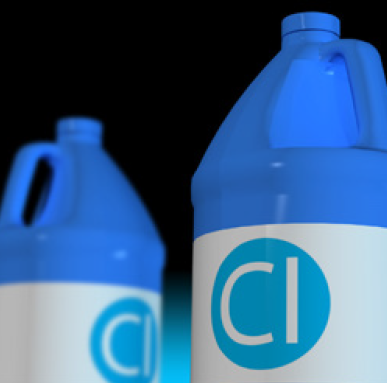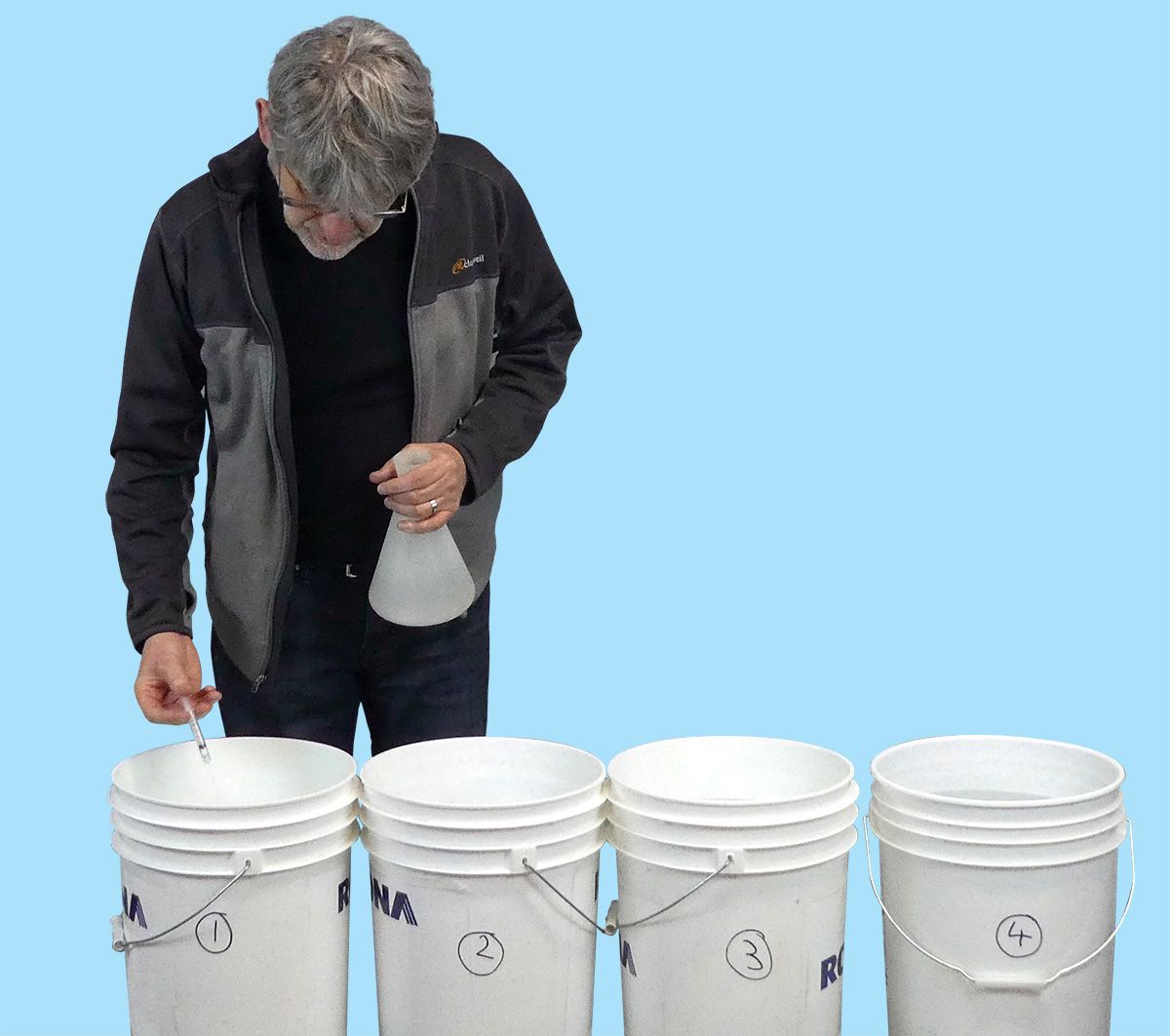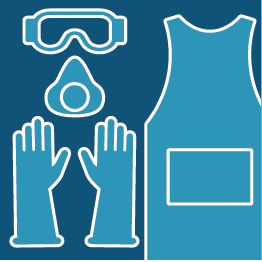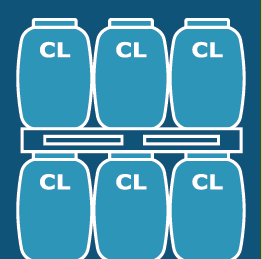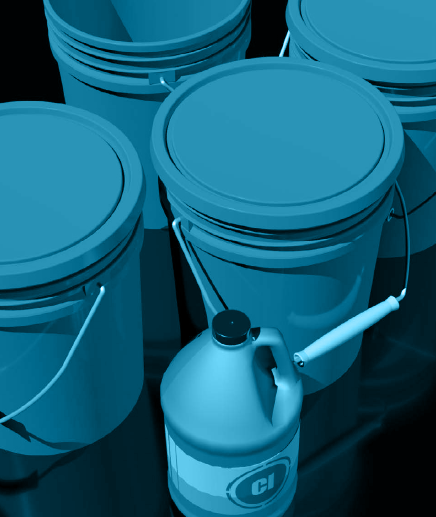Explore Chlorination
Chlorine Dose Calculator: Shock Chlorination of Wells
Use this calculator to determine the amount of chlorine product needed to prepare a 1% chlorine solution and the amount of the 1% solution required to to disinfect hand-dug wells and boreholes.
Languages
English
French
Spanish
Arabic
Portuguese
Chlorine Dose Calculator: Shock Chlorination of Tanks
Use this Excel calculator to determine the amount of chlorine required to disinfect storage tanks and tankers through shock chlorination. This method is recommended for new tanks or when there is evidence of microbial contamination.
Languages
English
Spanish
French
Arabic
Portuguese
Chlorine Dose Calculator: Batch Chlorination of Drinking Water
Use this calculator to determine the amount of chlorine to prepare a 1% chlorine solution and the amount of the 1% solution required to disinfect a batch of drinking water.
Languages
English
French
Spanish
Arabic
Portuguese
Check Before you Disinfect: Batch Chlorination Scenario
Turbidity, pH, and temperature can all impact how fast and how well chlorine products can disinfect drinking water. Challenge yourself as you manage a water delivery at a humanitarian camp; select and evaluate the required water parameter tests and learn how these parameters can affect chlorine dosage and contact time.
Languages
English
French
Spanish
Arabic
Portuguese
Learn About Water Treatment and Water Testing for Drinking Water Quality
A collection of short e-learning tools and job aids to help humanitarian and development workers test the quality of drinking water under field conditions.
Languages
English
French
Spanish
Arabic
Portuguese
How to Make a 1% Chlorine Solution
Follow this guide to prepare a 1% chlorine solution that can be used for the Modified Horrock's Test and disinfection of the water supply.
Languages
English
Arabic
French
Spanish
Using the Modified Horrocks' Test to Calculate effective Chlorine Dosage
The Modified Horrocks' Test is a method of calculating the correct chlorine dosage for a known quantity of water. Follow along with Peter Thomson, senior director at CAWST as he conducts the Horrcks' test to calculate the correct chlorine dosage for a batch of drinking water.
Languages
English
Spanish
French
Arabic
T-Chlorinator Fact Sheet
This fact sheet describes disinfection of drinking water using a T-Chlorinator.
Languages
English
Spanish
French
Portuguese
Arabic
Slow Release Tank Chlorinator Fact Sheet
This fact sheet describes disinfection of drinking water using a Slow Release Tank Chlorinator.
Languages
English
Spanish
French
Portuguese
Arabic
Venturi Inline Chlorinator Fact Sheet
This fact sheet describes disinfection of drinking water using a Venturi inline chlorinator.
Languages
English
Spanish
French
Portuguese
Arabic
Check Before you Disinfect - Temperature
Water temperature affects the rate of the chemical reactions involved in chlorination. Use this guide to determine how to measure temperature and how this will affect your chlorine disinfection contact time.
Languages
English
French
Spanish
Learn About Drinking Water Treatment for Emergency Contexts
A collection of short e-learning tools and job aids to help water technicians treat, disinfect and safely handle drinking water under field conditions.
Languages
English
French
Spanish
Arabic
Portuguese
Hindi
Handle Chlorine Products Safely!
Follow the guidelines in this poster to handle and use chlorine products safely. This poster is ideal for printing and placing in any location where chlorine products are handled and stored.
Languages
English
French
Spanish
Arabic
Store Chlorine Products Safely!
Follow the guidelines in this poster to store and transport chlorine products safely. This poster is ideal for printing and placing in any location where chlorine products are handled and stored.
Languages
English
Spanish
French
Arabic
Calculate your Chlorine Dose: Modified Horrocks' Test Instructions
This guide provides instructions for conducting the Modified Horrocks Test. This test is used to determine the effective chlorine dose for batch chlorination of drinking water.
Languages
English
Spanish
French
Arabic
Check Before you Disinfect: Turbidity, pH, and Temperature in Drinking Water Chlorination
Turbidity, pH, and temperature can all impact how fast and how well chlorine products can disinfect drinking water. Use this guide to determine how these parameters will affect your chlorine dosage and contact time.
Languages
English
Arabic
French
Spanish
About CAWST
CAWST is a Canadian charity and licensed engineering firm. We address the global need for safe drinking water and sanitation by building local knowledge and skills on household solutions people can implement themselves.

